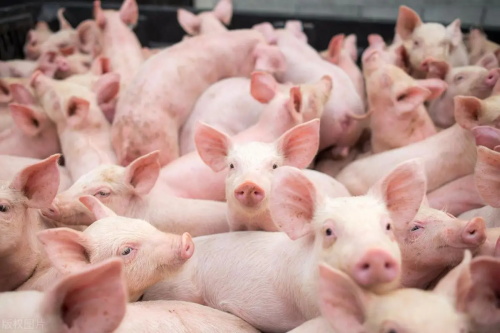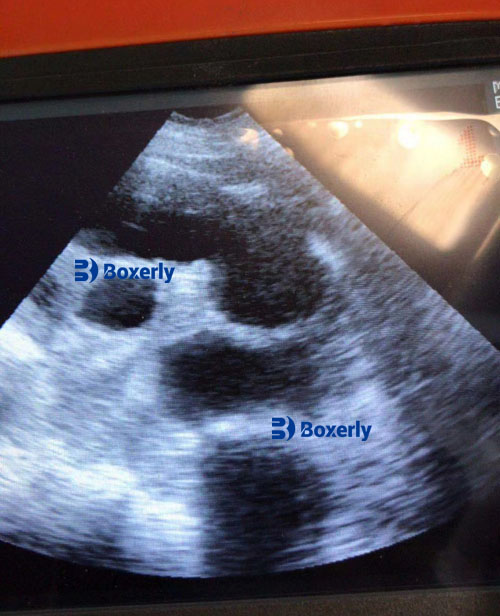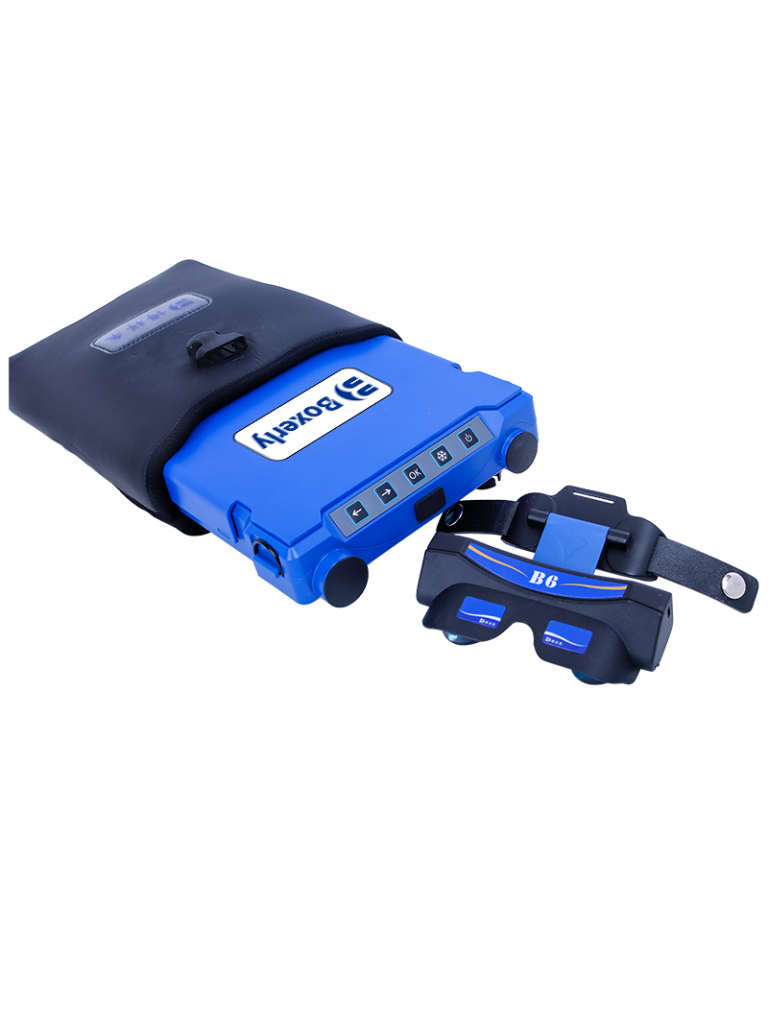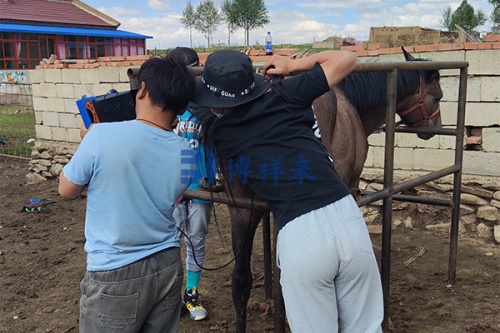Ultrasound Application Enhancing Nursing and Weaning Piglet Management
In modern swine production, the health and growth performance of piglets during the nursing and weaning phases play a decisive role in determining the overall efficiency and profitability of the farm. Among the various technologies used to support piglet development, veterinary ultrasound (ultrasonography) has become increasingly popular among producers worldwide. Its non-invasive, real-time diagnostic capacity enables producers and veterinarians to monitor internal organ development, predict health issues, and make data-driven decisions in both nursing and weaning piglet management.

In this article, I will explain how ultrasound is being applied during these critical periods, focusing on its role in supplement feeding, digestive development, environmental control, and disease prevention. These insights reflect both practical on-farm experiences and established best practices from international literature.
Supporting Digestive Development During Nursing
The importance of early feed supplementation
From as early as day 7 of life, piglets are often introduced to creep feed—specially formulated feed designed to familiarize them with solid food before weaning. This feeding strategy is essential not just to boost pre-weaning weight gain, but also to stimulate the development of the piglet’s digestive tract. In countries like the Netherlands, Denmark, and the United States, this is considered best practice in sow and piglet management.
Veterinary ultrasound comes into play as a tool to assess the internal condition of the piglets’ digestive system. Using real-time imaging, producers can evaluate whether organs like the stomach, small intestines, and associated glands are developing properly. For example, ultrasonic scans may reveal whether piglets are experiencing gastric dilation, intestinal gas accumulation, or underdeveloped pancreatic glands—early warning signs that feeding protocols may need to be adjusted.
Practical feeding technique and ultrasound checks
Since piglets consume very little creep feed during the initial days, small frequent feedings (4–6 times per day) are recommended. It’s important to ensure that no residual feed remains in the trough between meals, as this could affect feed freshness and piglet interest.
Ultrasound examinations, when scheduled every few days during this period, allow farmers to visualize the piglets’ stomach filling, small intestine motility, and gland activity. These scans provide objective data for adjusting creep feed composition or feeding frequency. In many European farms, such assessments are now part of standard welfare monitoring practices for high-value breeding herds.
Water intake and ultrasonic validation
Access to clean drinking water is equally vital. International swine nutritionists agree that dehydration can dramatically reduce feed intake and impair digestion. The recommended installation height for nipple drinkers is around 12 cm above the ground, set at a 45° downward angle for easy access by young piglets.
Ultrasound helps confirm whether piglets are well-hydrated by assessing intestinal fluid levels and observing kidney and bladder appearance. In particular, under-filling of the bladder or excessive gastrointestinal dryness on ultrasound may indicate inadequate water intake.

Ultrasound in Post-Weaning Management
Environmental temperature and stress mitigation
The weaning period is characterized by high stress due to dietary changes, maternal separation, and a new social hierarchy among piglets. This stress can lead to immune suppression, making piglets more susceptible to infections.
To minimize these effects, animal health authorities in countries like Canada and Germany recommend maintaining a warm environment (typically 2–3°C warmer than the farrowing crate) for at least 10 days post-weaning. However, temperature alone is not the full picture.
Ultrasound is increasingly used to monitor physiological stress markers in piglets. For instance, swollen lymph nodes detected via ultrasound may indicate an ongoing immune response. A drop in visible subcutaneous fat or organ dehydration may signal chronic stress. These findings help producers fine-tune environmental and nutritional support measures.
Hygiene and biosecurity verification
Good hygiene is a cornerstone of effective nursery unit management. After removing a group of piglets, facilities—including walls, ceilings, feeders, drinkers, and ventilation systems—must be thoroughly cleaned and disinfected. The nursery is then dried and pre-warmed before introducing the next batch.
Ultrasound is used here to validate the outcome of these protocols. Regular scanning of sentinel piglets (those used to monitor general health in a group) can reveal early signs of respiratory or gastrointestinal infections. Lymph node swelling, fluid accumulation in the intestines, or changes in lung echotexture may indicate subclinical disease or improper cleaning.
Nutrition, immunity, and ultrasound-guided care
After weaning, piglets must quickly adapt to solid feeds with high energy and protein levels. However, a sudden change often leads to digestive upset or reduced feed efficiency.
To counteract this, many farms have implemented phased weaning diets. With the aid of veterinary ultrasound, nutritionists can monitor organ development—such as liver size, intestinal lining thickness, and pancreas activity—to adjust formulations accordingly. For instance, underdeveloped pancreas tissue on ultrasound may signal a need for enzyme supplementation.
Moreover, early detection of enlarged lymph nodes or spleen can serve as a warning for immune suppression. Some farms in the UK and Australia now use ultrasound data to inform vaccination schedules or trigger supportive treatments.
Wind drafts and their detection by ultrasound
An often-overlooked factor in post-weaning health is air movement. Even low wind speeds—such as 15 cm/s—can cause a 4°C drop in perceived temperature on the piglet’s skin. This cold stress may go unnoticed by human handlers but can significantly impair growth and immunity.
Interestingly, pigs experiencing cold drafts show subtle ultrasound changes in the fat and muscle layers due to peripheral vasoconstriction. These patterns help confirm whether perceived thermal comfort matches actual conditions in the pen.
International Adoption and Future Trends
In developed swine industries such as those in South Korea, Spain, and the U.S., portable ultrasound machines are increasingly being used not just by veterinarians but also by trained farm managers. The technology is lightweight, affordable, and easy to integrate into daily routines.
Looking ahead, integration with artificial intelligence is enabling automated detection of organ abnormalities, while cloud-based data storage allows real-time sharing between farms and consulting veterinarians. These innovations are making ultrasound an even more powerful tool for proactive piglet health management.
Conclusion
Veterinary ultrasound is no longer confined to reproductive diagnosis or large-animal medicine. In piglet production, it has emerged as a versatile and valuable tool that supports better feeding strategies, early disease detection, and optimized weaning management.
By offering real-time insights into organ development, hydration status, and stress indicators, ultrasound empowers swine producers to make informed decisions that improve piglet survival, growth, and welfare. For farms aiming to adopt precision livestock farming practices, incorporating ultrasound into nursing and weaning management is no longer optional—it’s becoming essential.





